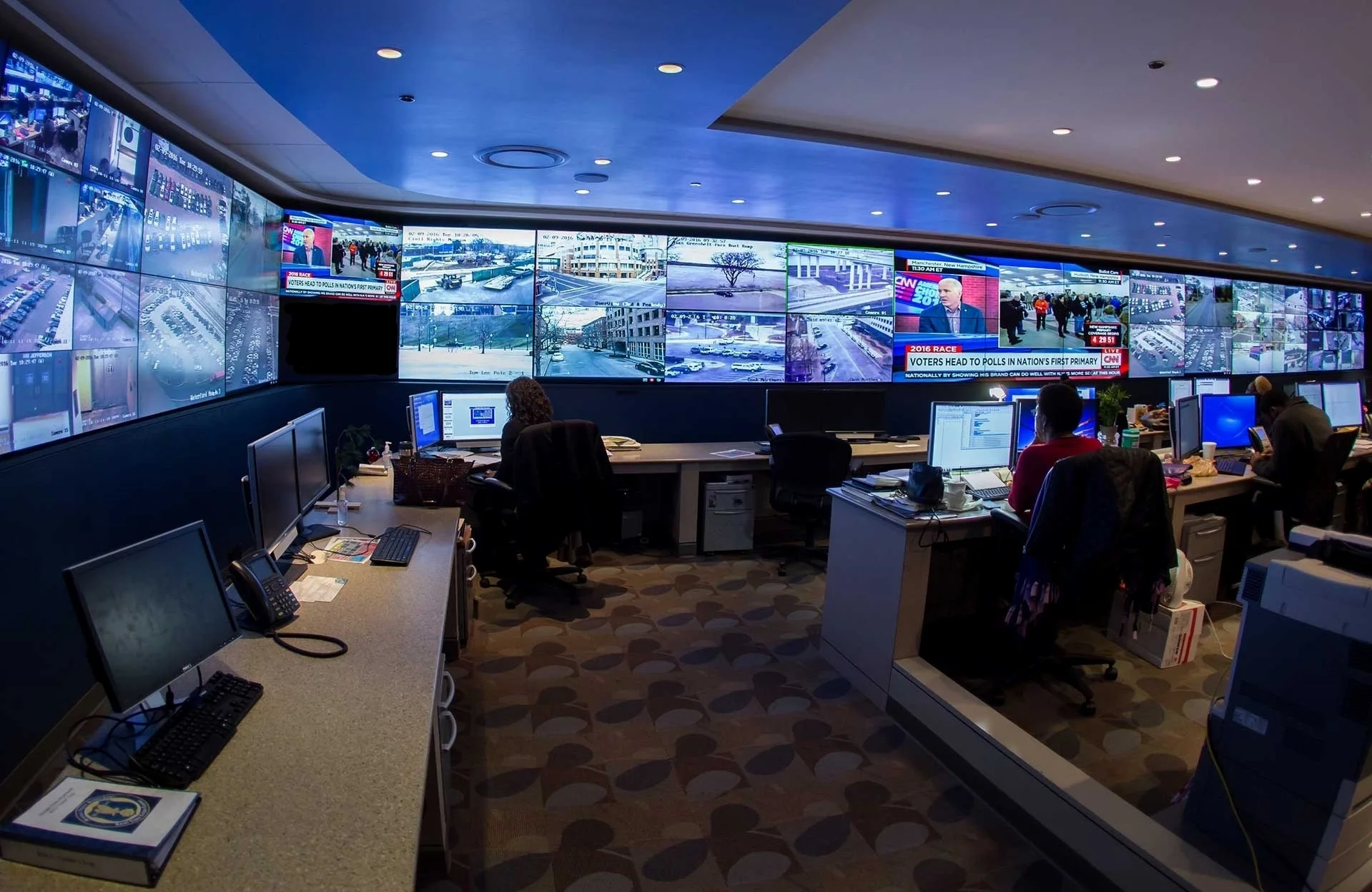Public Safety Online is a web-based, secure application that transmits video from any camera system connected to a dedicated network directly to police, fire and other emergency service vehicles, command or dispatch centers.
Public Safety Online is designed to get critical video information to those who need it before they arrive at the scene. This can improve first responder safety, tactical deployments and incident command decisions.





